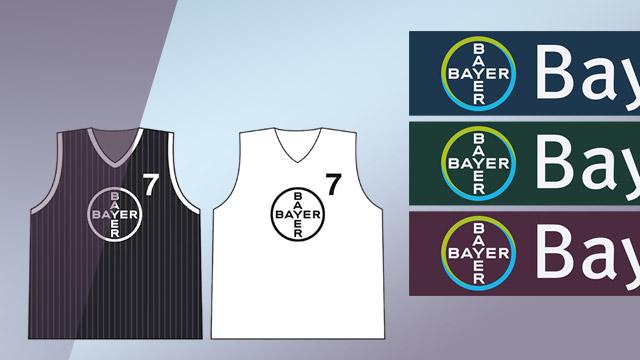Identity Net
Brand Portal
- Bayer Brand
-
Brand Application

Unleashing our brand's full potential takes a consistently applied visual, verbal, sonic, and spatial stakeholder experience. Discover how you can bring the Bayer brand to life with our holistic brand identity.
- Overview
- Brand Communication
- All In for the Mission
- Advertising & Campaigns
- Websites
- Social Media
- Mobile Apps
- E-Learning
- Virtual Assistances
- Community Engagement
-
Product Branding
- Overview
- Brand Architecture
- Global Product Branding Guidelines
-
Crop Science
- Our New Visual Identity
- Brand Architecture
- Brand Logo
- Code Design
- Code Design Application
- Archive: Brand Tag Design
- Roundup Brand Guidelines
- Corporate Compliance Policy
- ImageBank
- Digital Marketing
- Consumer Health
- Pharmaceuticals
- Employee Application
-
Academy

Welcome to our Brand Academy.
This is a place where you'll find educational content on how to increase the value of our brand.- Overview
- Why a strong Bayer brand is so important
- What about the Bayer brand?
- How you can help
- Brand Skill Camp
- How to ...
-
Brand Case Studies
- The past, present and future of DEKALB
- All In for the Mission
- A brand is a value driver and a beacon
- AI in Visual Content
- Bayer for Women in India
- The brand advantage: A catalyst for growth and impact
- The new Bayer brand experience
- Code Design: Flexibility meets familiarity in Crop Science’s new visual language
- SeedGrowth
- WOMEN I Bayer: Gender symbol meets Bayer Cross
- Brand webinars: Coming to a place near you
- Bayer Brand Value Reaches all-time High
- Preceon® Smart Corn System
- The Aspirin Brand World
- Canesten and Bayer 04
- Aspirin Cardio: Sustainable branding is successful branding
- Inspiration: Deutsche Telekom
- 125 Years of Bayer in India: Global branding meets local
- Vegetables by Bayer
- News Archive
- Contact
-
Media Pool
-
Account Request









